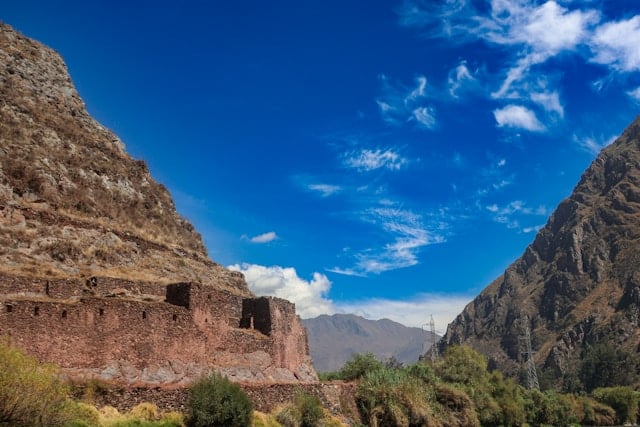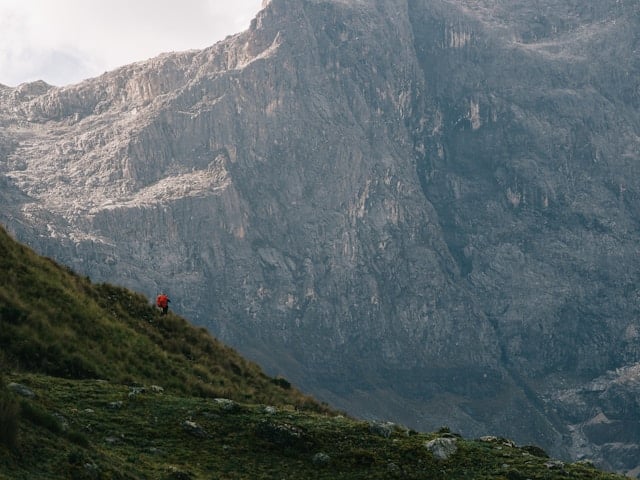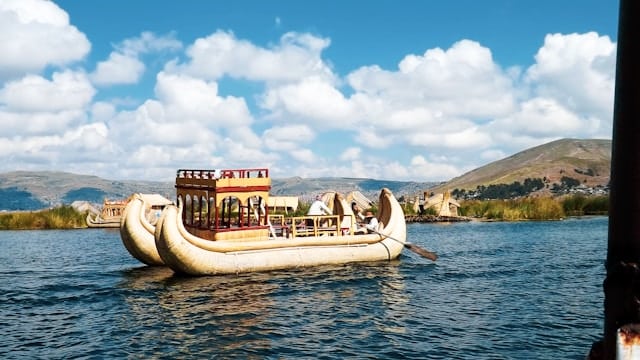
In 2013 I set off on my first big adventure—following in the footsteps of nomads who sought something beyond the usual tourist trail. If you loved how Exoticca presents Italy, wait until you see how Peru unfolds—towering ruins, high-altitude villages, rainbow mountains, and vibrant food scenes await beyond Machu Picchu. This is Peru uncovered, nomad‑style.
Why Peru steals your heart
From the moment you step off the plane in Cusco, located at around 3,400 m, there’s a tangible sense you’ve arrived somewhere timeless. The deep-red adobe of colonial churches, the rhythmic hum of Quechua conversations in markets and the earthy smell of roasted corn make even your first day feel sacred. You’ll feel both small and oddly at home, caught between ancient mystery and warm local smiles.
Unmissable icons: Machu Picchu and the Sacred Valley
Hiking the classic Inca Trail
Yes, the four-day Inca Trail remains the dream: prehistoric stone paths carved into cliffs, the sunrise at Inti Punku (Sun Gate), and that moment when Machu Picchu appears, floating above the clouds. Booking is a must well in advance to secure permits.
Faster approaches
Short on time? The 2-day Lares or Salkantay treks lead to Machu Picchu via glacial lakes and traditional Andean villages. You trek through high-altitude passes, ending the second day with a train ride and sunset view over the ruins. These routes feel more local and less crowded, perfect for nomads who like to wander deeper.
Sacred Valley side-stops
Between Cusco and Machu Picchu lie smaller sites like Pisac and Ollantaytambo. Wander through Pisac’s Sunday market, then climb to its hilltop ruins. In Ollantaytambo ancient terraces still hum with water channels—strong proof of Incan engineering. I often catch the evening glow here, reflecting off huge stone walls, and wonder: what life was like in those baths, temples, homes?
 Source
Source
Beyond Machu Picchu: hidden Andes trails
Rainbow Mountain & Red Valley
A day trip east from Cusco reveals the rainbow-hued slopes of Vinicunca and the nearby less‑crowded Red Valley. They’re eye-popping, surreal, and while altitude is tough, the payoff is pure magic—bright stripes of ochre, rose and lavender wending through scree-lined ridges.
Choquequirao – the other Machu Picchu
Often termed its “sister city,” Choquequirao sits higher than Machu Picchu and draws far fewer travelers. The trek’s harsh—about 4–5 days roundtrip with steep climbs and river valleys—but you’ll often be the only people around. The ruins themselves are immaculately preserved; overnight camping under an Andean sky here is something else.
Huayhuash circuit
For the serious adventurer, Peru’s Cordillera Huayhuash offers a superlative trekking loop of 8–12 days through remote passes, glacial lakes, and jagged peaks over 6,000 m. You’ll meet villagers raising alpacas and horses mid-journey, and feel untethered from the world in wide-open alpine spaces.
 Source
Source
Local culture & culinary delights
Markets, traditions & Quechua warmth
Markets across the Andes—from Pisac’s terraces to Cusco’s San Pedro—are kaleidoscopes of fresh produce, woolen textiles and friendly vendors. Local farmers still use traditional Incan methods to cultivate potatoes, quinoa, and corn at high altitude. I’ve bought llama‑wool hats from grandmothers who quietly barter while children practice juggling apples behind them.
Taste of Peru
Peruvian cuisine is a world-class surprise: ceviche with bright lime and crisp cancha; anticuchos (grilled beef heart) for adventurous eaters; and hearty Andean soups like aji de gallina or locro in mountain villages. Don’t miss cuy (guinea pig)—yes, authentic South American delicacy! Lima’s fine‑dining temples also dabble in pisco‑based cocktails and fusion plates drawn from ancient traditions.
Get inspired:
Practical nomad tips
- Best time to visit
May–September is the dry season—ideal for trekking, though nights in the highlands plummet. Always bring layered clothes and thermal baselayers. - Acclimatization matters
Spend 2–3 days in Cusco, explore nearby towns like Chinchero or Moray, and take it slow. Sudden exertion at high altitudes can quickly lead to mountain sickness. - Transportation modes
For longer distances between Cusco, the Sacred Valley and backcountry, cozy tourist buses or minibuses are efficient and easy to book through local agencies. Trek groups often include transfers. - Sustainable travel
Peru’s backcountry trails aren’t paved—you’ll see seasonal potatoes, alpacas, and wildlife up close. Respect farming plots, never feed wild animals, and pack all litter out. Choose local guides and porters to ensure your trek directly benefits communities. - Affordable stays
In towns, small family-run lodges offer warm meals and homely stays at lower cost than flashy eco‑camps. I’ve found these to be the best places for stories over dinner and to learn from local hosts.
 Source
Source
Bringing Peru home
You’ll return carrying more than hips bruised from altitude hikes. You’ll bring home the slow rhythm of Andean village life, the taste of freshly harvested potatoes, rugged mountain mornings and deep gratitude for local traditions that travel with as light a footprints as possible.
Your turn to wander
Whether you take the classic four-day trail, rise before sunrise above Machu Picchu, or disappear into the quieter Andean passes of Huayhuash or Choquequirao, Peru will seep into you. That feeling of standing in sun-warmed ruins, high above golden valleys, with wind that seems to speak—nothing beats it. Keep wandering, stay curious, and remember: adventures like this are just the start of your Peru story.
